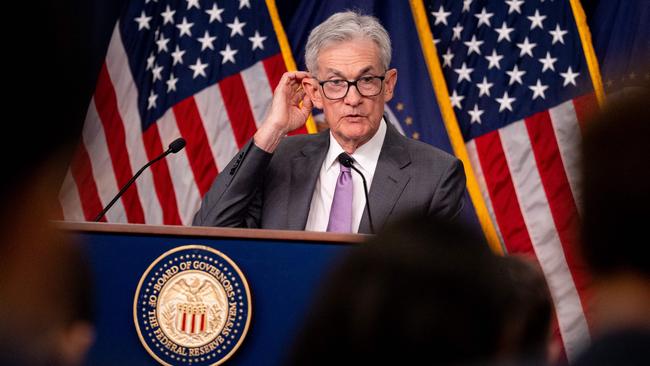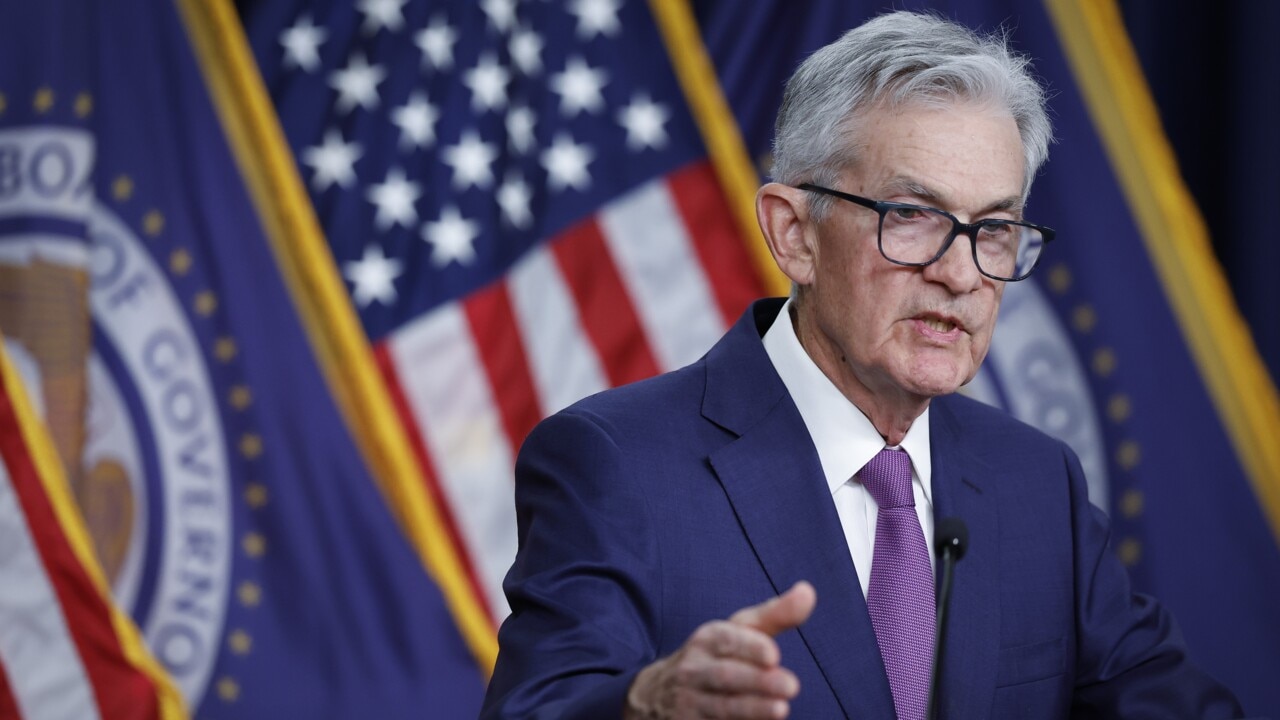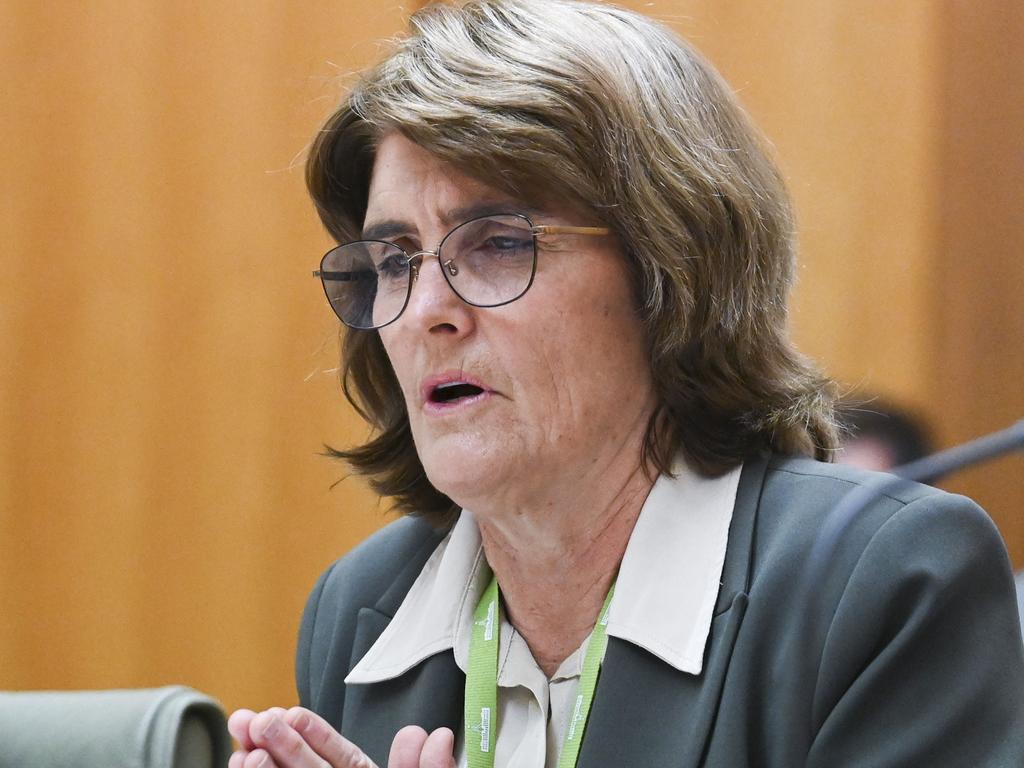Fed interest rate cuts are coming but won’t do much
Wall Street seems hopeful that Powell and the Federal Reserve will secure a soft landing, but the tightening won’t end here.

Wall Street believes this week’s consumer-price inflation data all but seals the deal on a Federal Reserve interest-rate cut in September. Huzzah. Now for the awkward question: What will such a cut actually accomplish?
Quite a lot, if you take the financial press or the Wall Street pundit class seriously. The chief argument is that Fed chairman Jerome Powell raised interest rates dramatically to tame inflation. Now inflation is drifting down, but unemployment is drifting up as borrowing costs weigh on consumer spending and business investment. Mr Powell needs to cut to forestall a recession.
The technical version of this argument concerns real interest rates. The Fed, this line runs, has been tightening financial conditions continuously even though it last raised its short-term federal-funds rate in July 2023. This is because as inflation slows (as it has, more or less, since June 2022), the real rate of interest implied by a given nominal rate increases.
Not to cut now – holding nominal rates steady as inflation falls, such that real rates increase – would be to tighten policy as the economy is softening.
As concerns the Main Street economy, this may be true but isn’t necessarily relevant. American consumers appear to be paring back their spending after the blowouts of recent years. But this probably has more to do with the spending down of pandemic-era excess savings or some deeper shift toward pessimism that, with the exception of housing, is unlikely to respond directly to modest interest-rate cuts.
Growth in business investment has been sporadic at best, but interest rates aren’t high by historical standards. Ask yourself whether the bigger barrier to investment today is an interest rate around the average of the 1990s or the looming threat of “President” Harris’s tax increases and energy policies or “President” Trump’s 10 per cent across-the-board tariff. The Fed’s concern is more likely to be Wall Street – meaning the financial system broadly construed. Here the effects of the anticipated rate cuts will be more visible, especially in soaring asset values, although the longer-term benefits may be vastly overstated.

This policy adjustment isn’t going to address one of the big market risks exposed by recent gyrations: the medium-term repricing of global risk in line with policy normalisation everywhere. This complex and messy rebalancing of portfolios is proceeding already, despite the widespread investor assumption that Mr Powell will deliver the three rate cuts after all. Whether or not those rate cuts arrive, we will still see a lightning-fast unwinding of the yen-carry trade, to cite one example of many turbulent adjustments on their way.
Nor will rate cuts fully fix lurking financial risks to banks and to commercial real estate.
It would be nice to believe banks will survive this tightening cycle mostly unscathed, since the March 2023 implosion of Silicon Valley Bank wasn’t repeated on a similar scale elsewhere. Yet banks still carry as assets on their balance sheets an enormous pile of bonds (chiefly US Treasury), which lost value as rates have increased. Banks accumulated those assets during a prolonged period when the benchmark 10-year Treasury rate was around 2 per cent. The rate is now around 3.8 per cent, and Mr Powell isn’t likely to drag it to its old lows.
The total unrealised losses on investment securities for US banks stood at $US517bn ($780bn) in the first quarter, according to the Federal Deposit Insurance Corp. That’s down from a peak of $US690bn two years ago, but still almost four times as large as the previous, pre-tightening-cycle high of $US130bn in 2020. Taking a broader look at bank assets, including loans and other items, even after impending rate cuts US banks may be sitting on unrealised losses of $US800bn to $US1.2 trillion, Amit Seru of Stanford University estimates.
One can say the same of commercial real estate, widely understood to be the other potential financial apocalypse. Some $US323bn in securitised commercial real-estate loans mature between now and the end of 2025, according to data provider Trepp, with 40 per cent of that carrying an existing interest rate of 5 per cent or less. Nearly 50 per cent of securitised loans for office buildings carry an existing rate below 5 per cent. No matter what Mr Powell does this autumn, that debt almost certainly will need to be refinanced at much higher rates.
None of this is to criticise either Mr Powell’s decision to hold short-term rates steady for most of this year or whatever choice he makes about cutting them next month and beyond.
Rather, it’s an observation: Wall Street is mistakenly hoping that the tightening cycle will end when the rate cuts begin.
In normal times this might be true, but not when the Fed is reversing nearly 15 years of abnormal policies.
That unwinding remains the economic challenge of the day.
The Wall Street Journal




